
Tasmanian Devil
Tasmanian Devil
Tasmanian Devil
This is the Tasmanian devil, which is famous in Australia for its cute appearance! Some people may have never heard of it before because it is not often seen in Japan. However, there are some surprising secrets hidden in its small body. I hope that this page will make you want to meet a Tasmanian devil at least once! I would be happy if you feel that way.
Tasmanian Devil Basic Infomation
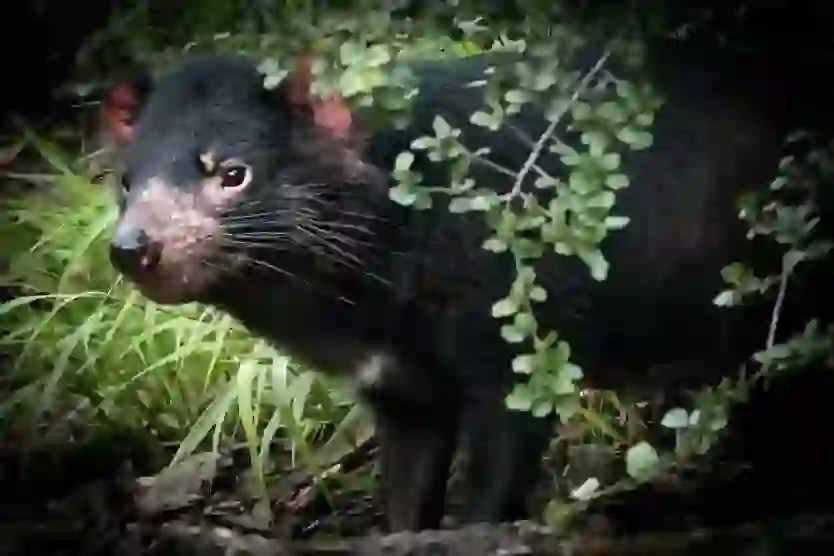
Mammalia-Dasyuromorphia-Dasyuridae-Tasmanian Devil genus.
Length 51~76cm weight 4~12kg.
The Tasmanian devil’s main habitat is Tasmania, but it also lives in the west.
It is also called the wolverine or honey badger and is characterized by its small bear-like body covered in black hair. It has white markings on its chest like a moon bear, but sometimes has light-colored spotted patterns on its buttocks. Its hind legs are relatively shorter than its front legs, and its walking style looks a bit like a piglet.
It is also the world’s largest carnivorous marsupial and has a history of over 80 years. Other marsupials include kangaroos, koalas, and wombats.
By the way, the Tasmanian devil’s “pouch” called the “nursery pouch” is located backwards. This is said to be to prevent sand from getting on the baby when digging holes to make nests.
Tasmanian devils also have sharp teeth and strong jaw muscles that can bite with great force. When compared to body length and weight, their bite force is considered to be among the strongest in the world. Specifically, they can bite through metal as well as animal cages.
If we humans carelessly touch a Tasmanian devil and get bitten on the hand, we may end up having our bones eaten along with our flesh.
The breeding season is said to be around March-April, but recently there have been individuals whose breeding season has been extended until June. In the case of females, they store fat in their bodies in preparation for the breeding season. Tasmanian devils usually do not make much noise, but males during the breeding season are known to make noise.
The gestation period of Tasmanian devils is about three weeks, so newborn babies are very small and only about the size of a grain of rice, similar to premature babies. What’s even more surprising is that they give birth to 20-30 babies at once.
Their lifespan is about five years, which is relatively short for mammals, but they seem to live a little longer when kept in captivity.
※Premature babies are low-birth-weight infants who are born very small or with very weak life skills due to premature birth or other factors.
Tasmanian devils are nocturnal animals. During the day, they rest their bodies in burrows they have made themselves or in burrows left by wombats, and at night they go out to look for food.
They mainly eat snakes, birds, insects and small mammals.
Tasmanian Devil Q&A

Where does the Tasmanian Devil get its name?
It is said that the name “Tasmania” of the Tasmanian devil comes from the name of its habitat, but why is the word “devil” attached to it?
There are various theories about this, but in the 19th century there were British people who crossed over to Tasmania. When they heard the Tasmanian devil’s cry for the first time, they were so frightened by its eerie sound that they began to say that it was an animal possessed by a demon. This is believed to be the reason why it was called a devil.
In addition, it is said that it was named after the sight of it eating prey down to the bone or gobbling up dead animal flesh.
By the way, in English it is written as “Tasmanian devil”, but in Japanese it becomes “tasumaniadebiru”. The difference between these two is whether or not “n” is included, but in English “n” is often added when calling it, while in katakana “n” is often not added. The meaning is the same either way.

How do Tasmanian devils squeal?
As I mentioned in the basic information, Tasmanian devils hardly make any noise.
They tend to make noise when they are fighting over females during the breeding season or when hunting, and when they are showing their fighting spirit.
The Tasmanian devil’s cry sounds like “Vuu!” or “Voaa!” If you were to compare it to something, it would be like the sound of a dog or cat growling and threatening.
Certainly, if you heard this sound on a dark night when you couldn’t see anything, it might feel eerie and scary.

Is it true that Tasmanian devils eat their babies?
Did you know that even if Tasmanian devil babies are born safely, they face their first challenge from there?
Tasmanian devils only have four nipples that can produce milk. In other words, they can only give milk to four babies.
Newborn babies must move on their own to their mother’s “pouch” or else they will die. In other words, this is their first survival competition.
Only the four babies who successfully reach their mother’s nipples can drink milk, but the remaining babies who cannot reach them will be eaten by their mother.
Babies live in the pouch for about four months and then live outside with their mother. After eight months, they can completely separate from their parents.
Kangaroos and wombats, which are also marsupials, are said to give birth to only one baby at a time, so there is no such survival competition. It’s surprising to learn that there is such a tough story behind the process of Tasmanian devil babies growing up.
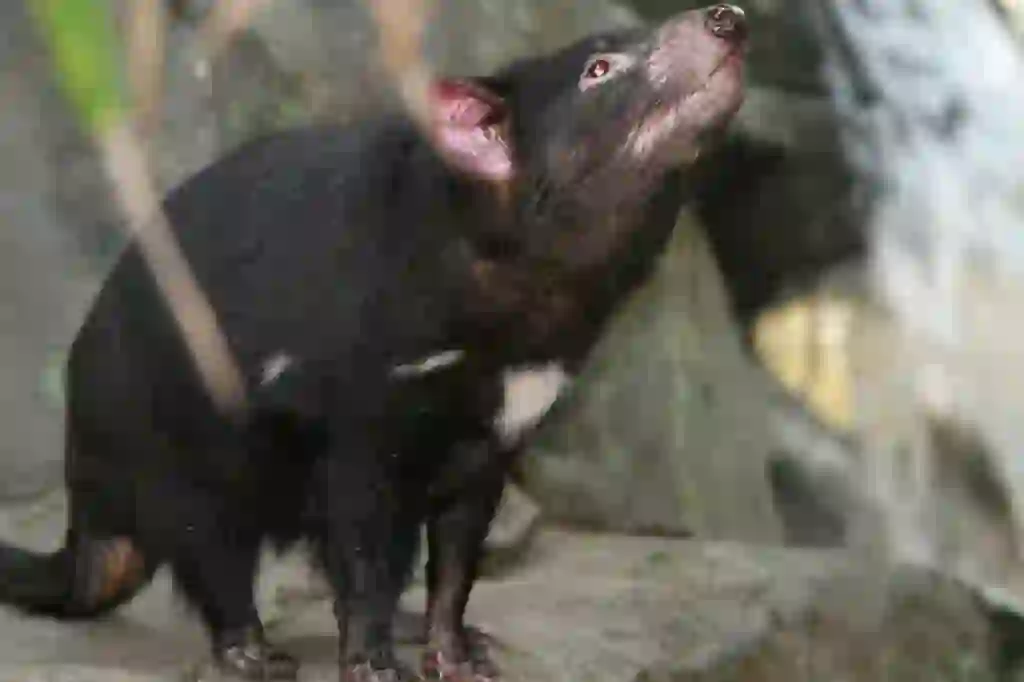
Is it true that the Tasmanian devil is designated as an endangered species?
In conclusion, it is true. According to the International Union for Conservation of Nature (IUCN) Red List, Tasmanian devils are considered “endangered.”
In fact, Tasmanian devils have faced extinction several times in the past, and I will introduce the main causes and current situation.
In the past, Tasmanian devils lived not only on Tasmania Island but also throughout Australia. However, when a dog called “dingo” was brought from Asia, Tasmanian devils living in Australia became extinct.
It is believed that dingoes may have preyed on Tasmanian devils.
It is believed that dingoes may have preyed on Tasmanian devils. Also, around the 19th century, the mistaken idea that “Tasmanian devils are bad animals that attack livestock!” became widespread and many individuals were exterminated. Certainly, Tasmanian devils are carnivorous animals, but it seems that not all of them were responsible for the damage.
The government realized this and designated Tasmanian devils as protected animals in 1941 to increase their numbers after they had been reduced too much. As a result, Tasmanian devils have successfully increased in number.
So far, it seems that humans are the main cause of their decline, but the reasons for the recent decline in Tasmanian devils are different.
In the mid-1990s, a mysterious infectious disease that attacked Tasmanian devils suddenly occurred. The disease was called devil facial tumor disease (DFTD), which is a rare contact infectious cancer.
When infected, large “bumps” are created on the head and mouth area and they cannot eat food. Therefore, it is a terrible disease that causes starvation when infected. As a result of this disease, the number of Tasmanian devils decreased from 140,000 to 20,000 at one point and was pushed to the brink of extinction.
However, recent surveys have shown that individuals who have overcome this disease have begun to appear. When investigated in detail, it was surprising to find that antibodies against devil facial tumor disease had been produced in the bodies of these Tasmanian devils. Furthermore, it was found that there are individuals who are infected with devil facial tumor disease but still live long enough.
Although there are still many Tasmanian devils who die after being infected with devil facial tumor disease, it is expected that hints for stopping extinction will be found in the future because individuals who have overcome this disease have appeared.
※Antibodies are a general term for substances that react to pathogens when they enter the body. They are called immune elements.
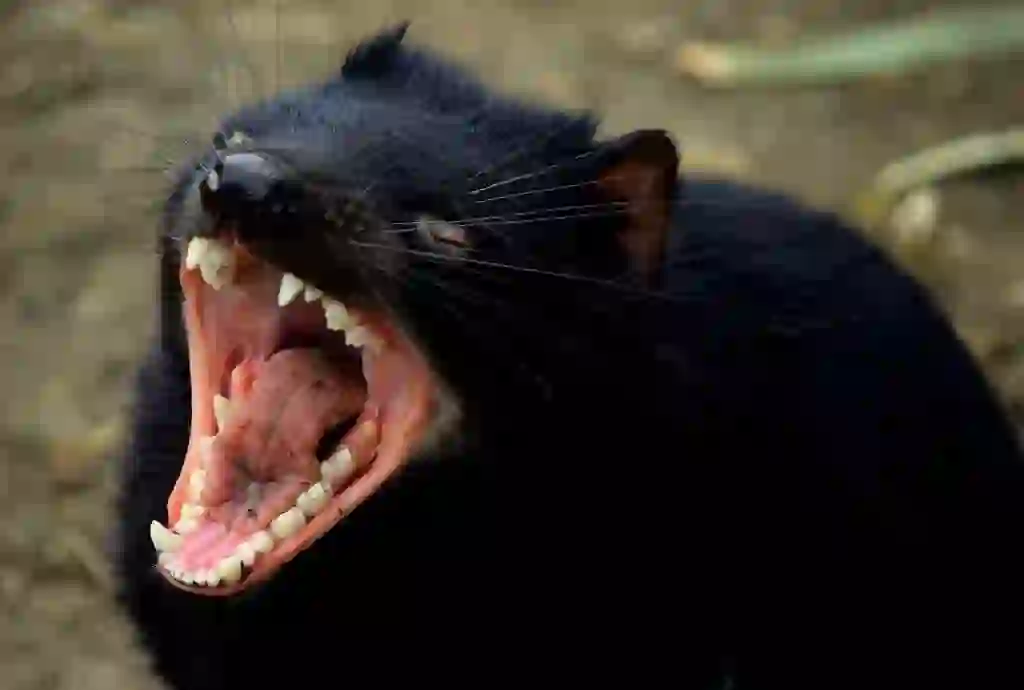
Why are Tasmanian devils called forest cleaners?
Although the name “Forest Cleaner” may give you a cute image, what is the reality?
As mentioned in other Q&As, Tasmanian devils are willing to eat animal carcasses without hesitation. This may seem like a story that could apply to other animals as well, but it’s a little different in the case of Tasmanian devils.
It is surprising that Tasmanian devils sometimes fall asleep while eating rotten animal carcasses.
Most animals eat their food and then rest or sleep somewhere else, but Tasmanian devils sleep right next to the animal carcass without any concern.
I’m surprised that you have a lot of guts. But what does this have to do with the “Forest Cleaner”? Many people may have thought that.
After waking up from a nap next to the carcass, Tasmanian devils start eating the carcass again. In other words, if they always stay near the carcass, they can eat it all without having to go out and look for prey again. It’s somewhat rational.
Thanks to the Tasmanian devil’s strange behavior, there are no more remains of the carcass. This means that maggots do not grow on the remains. This keeps nature clean.
So there was a strange behavior behind the reason why they are called “Forest Cleaners”.
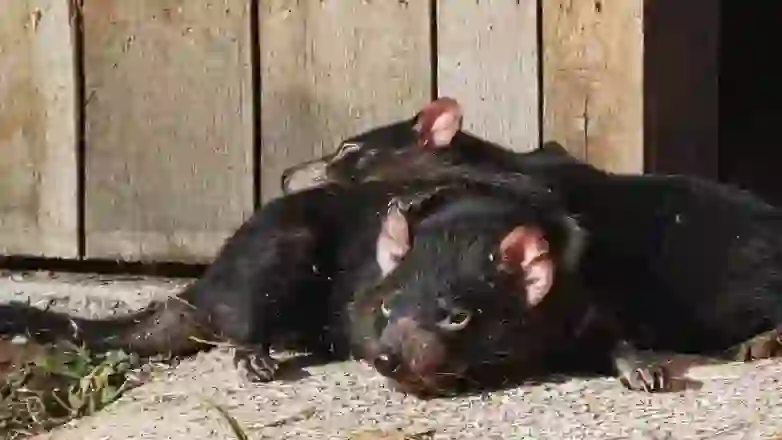
Is it true that there are few zoos where you can see Tasmanian devils?
In conclusion, it is true. As of 2020, the only place in Japan where you can see Tasmanian devils is at the Tama Zoological Park in Tokyo.
Overseas, they are often kept in zoos in Australia such as the Hillsville Nature Park in Melbourne, Taronga Zoo in Sydney, and Monarto Zoo in Adelaide.
Tasmanian devils are also found at the St. Louis Zoo and San Diego Zoo in the United States.

Would you like to become a part of the 'Animalbook.jp'?
Turn your knowledge into Q&A and share it with the world. ※Publication will be activated after purchase. Let's share information together!
Tasmanian Devil Type of List
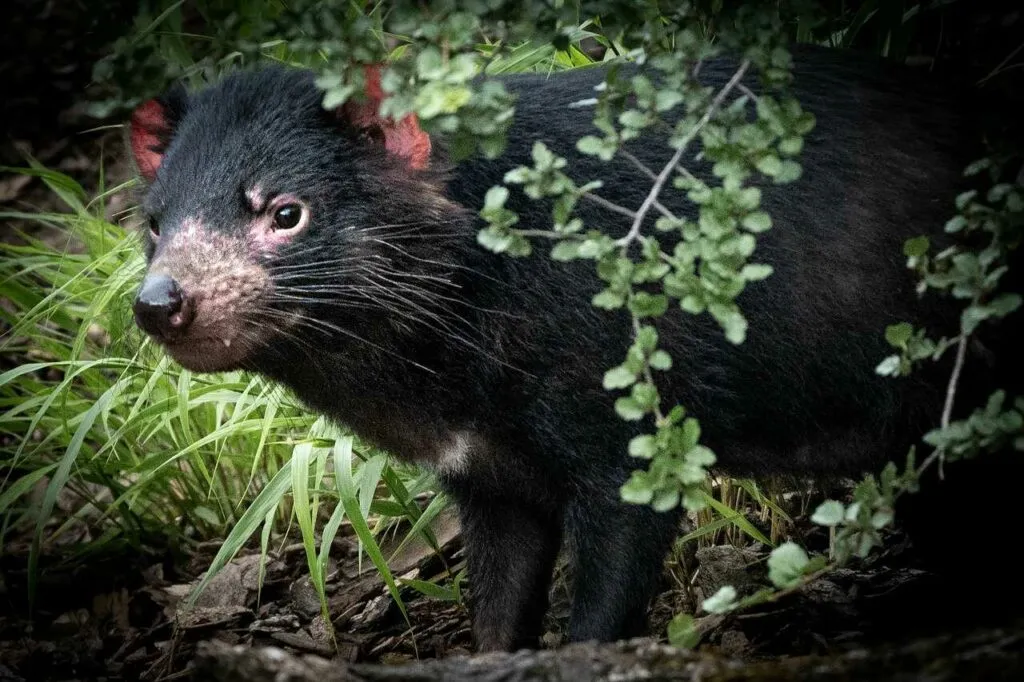
- Tasmanian Devil
Information
Congratulations! You are the first commenter!

Create Your Favorite List!
Tasmanian Devil
Save the animals you love! Build your own list to quickly revisit your favorites later.

Would you like to leave a comment?
※Please note: This is for the purchase of rights to post comments within the article.
Find Your Favorites!
Our shop offers a unique and attractive selection of goods themed around various animals.
Tasmanian Devil References

- NATIONAL GEOGRAPHIC https://natgeo.nikkeibp.co.jp/nng/article/20141218/428858/
- ウィキペディア https://ja.wikipedia.org/wiki/タスマニアデビル
- タスマニアへようこそ! https://www.leatherwoodtasmania.com.au/tag/タスマニアデビルの名前の由来
- 東京ズーネット https://www.tokyo-zoo.net/cry/index.html
- アニコムどうぶつコミュニティー https://mag.anicom-sompo.co.jp/1006#:~:text=タスマニアデビルAFP BB News
- AUSTRALIA https://www.australia.com/ja-jp/things-to-do/wildlife/tasmanian-devil-facts.html
- pepy https://pepy.xsrv.jp/38358#:~:text=タスマニアデビル
Tasmanian Devil Introduction of media used
出典:https://www.pexels.com/ja-jp/photo/5667716/

出典:https://pixabay.com/images/id-5460750/

出典:https://pixabay.com/images/id-2365004/

出典:https://pixabay.com/images/id-3482305/
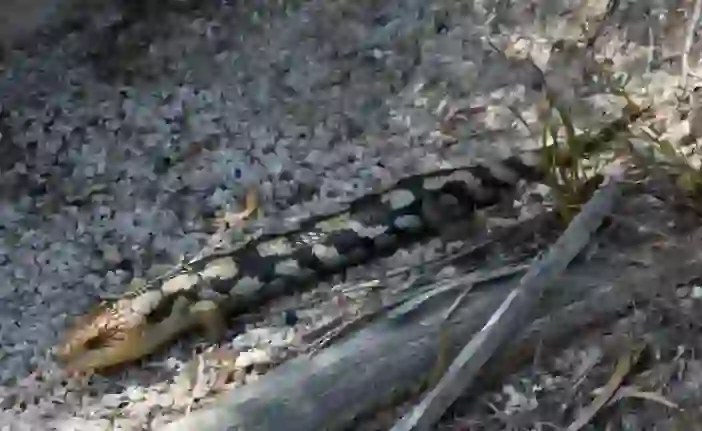
food
出典:https://unsplash.com/photos/yZNgkbCDhV0
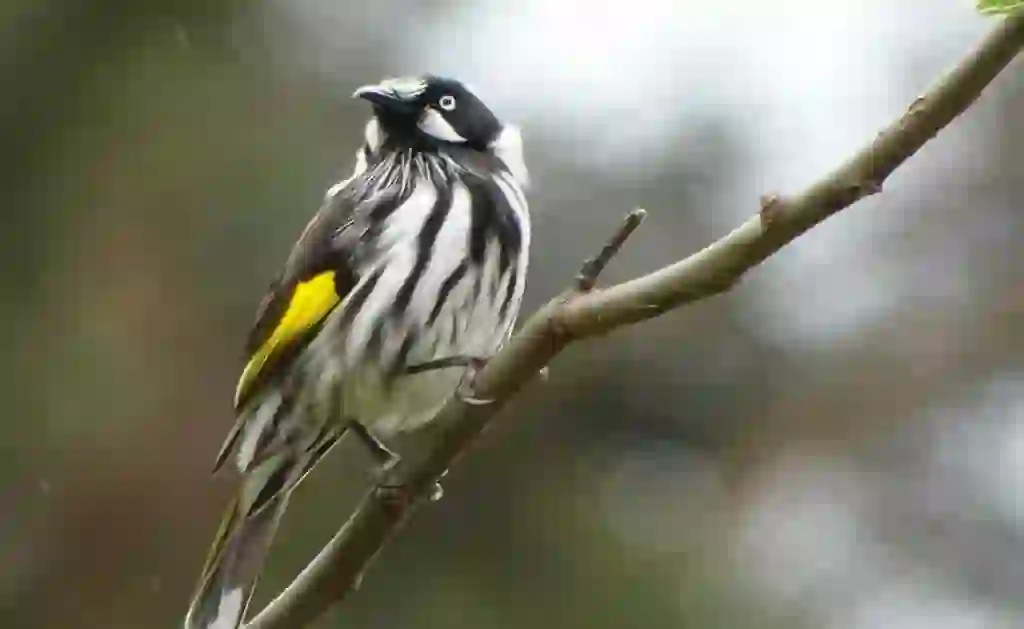
food
出典:https://unsplash.com/photos/DqeQxNptgBw

出典:https://pixabay.com/images/id-185719/

出典:https://pixabay.com/images/id-5725191/

出典:https://pixabay.com/images/id-4665236/
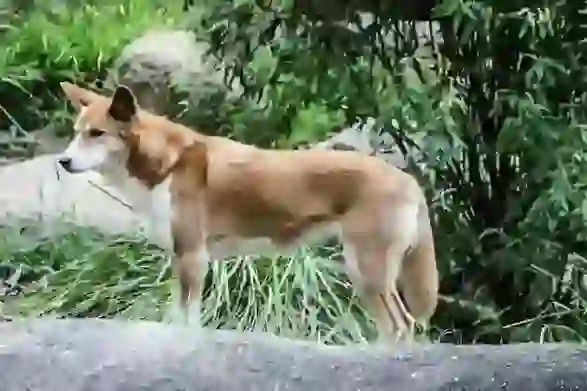
enemy
出典:https://pixabay.com/images/id-285516/

出典:https://pixabay.com/images/id-802463/

出典:https://pixabay.com/images/id-5395145/

出典:https://pixabay.com/images/id-164509/

Help Enrich Our Animalbook.jp with Your Media!
We are constantly looking to expand and enrich our Animalbook.jp with amazing photos and videos of animals. If you have any media that you'd like to share, please contribute and help us showcase the beauty and diversity of the animal kingdom. Your submissions will be credited and featured in our encyclopedia, reaching a wide audience of animal lovers.


















